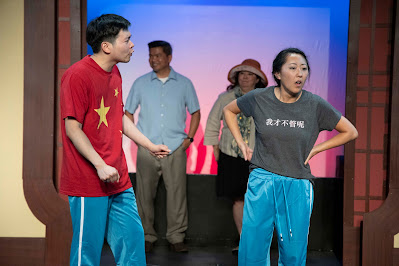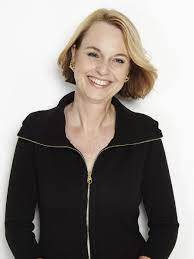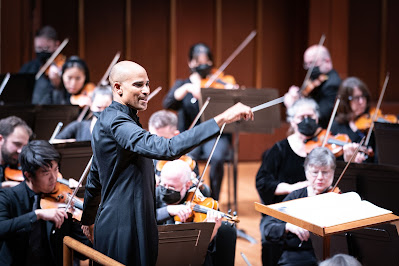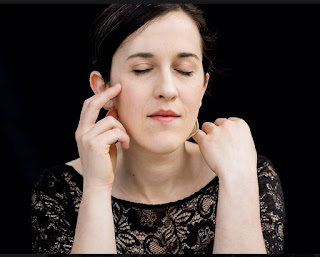FTC's 'Tiger Style!' asks: Racial stereotypes, where are you from, where are you going?

In Mike Lew's "Tiger Style!," the pressures upon a model minority may lead it to become a mad (crazy as well as angry) model minority. From that madness and that anger can emerge the sort of frantic attempts to achieve fulfillment that pervade the play. The trenchant farce, brimming with social commentary and with a note of restful affirmation at the end, opened a three-weekend run Friday night at Fonseca Theatre Company . To go full Western or full Eastern are opposing missions the show's brace of heroes adopts. Neither attempt to escape their respective identities as they've been cultivated since birth is destined to be successful. Jordan Flores Schwartz, the FTC's producing director, directs an expressive five-person cast, three of Albert and Jennifer at sixes and sevens, with their parents in perpetual background. whom play several roles each. The set's back wall features a prominent pen-and-ink drawing of the title's tiger, which also resonates






